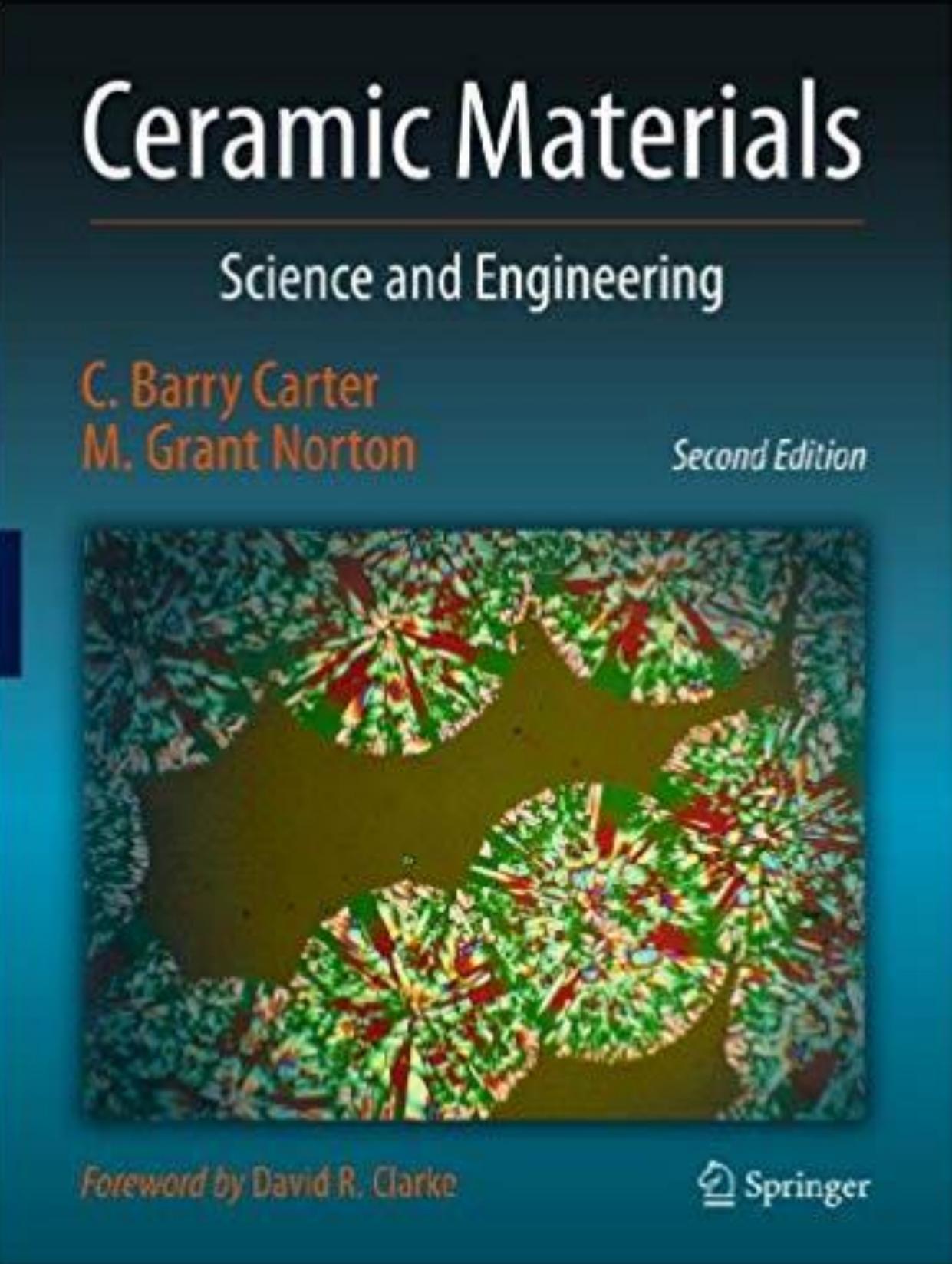Ceramic Materials Science and Engineering 2nd edition by Barry Carter, Grant Norton 1461435226 9781461435228
$70.00 Original price was: $70.00.$35.00Current price is: $35.00.
Instant download Ceramic Materials Science and Engineering 2nd after payment
Ceramic Materials Science and Engineering 2nd edition by Barry Carter, Grant Norton – Ebook PDF Instant Download/Delivery: 1461435226, 9781461435228
Full dowload Ceramic Materials Science and Engineering 2nd edition after payment

Product details:
ISBN 10: 1461435226
ISBN 13: 9781461435228
Author: C. Barry Carter; M. Grant Norton
Ceramic Materials: Science and Engineering is an up-to-date treatment of ceramic science, engineering, and applications in a single, comprehensive text. Building on a foundation of crystal structures, phase equilibria, defects, and the mechanical properties of ceramic materials, students are shown how these materials are processed for a wide diversity of applications in today’s society. Concepts such as how and why ions move, how ceramics interact with light and magnetic fields, and how they respond to temperature changes are discussed in the context of their applications. References to the art and history of ceramics are included throughout the text, and a chapter is devoted to ceramics as gemstones. This course-tested text now includes expanded chapters on the role of ceramics in industry and their impact on the environment as well as a chapter devoted to applications of ceramic materials in clean energy technologies. Also new are expanded sets of text-specific homework problems and other resources for instructors. The revised and updated Second Edition is further enhanced with color illustrations throughout the text.
Ceramic Materials Science and Engineering 2nd Table of contents:
PART I: History and Introduction
Chapter 1: Introduction
Chapter 2: A Brief History
PART II: Materials
Chapter 3: Essential Background Knowledge
Chapter 4: Bonds and Energy Bands
Chapter 5: Models, Crystals, and Chemistry
Chapter 6: Binary Compounds
Chapter 7: Complex Crystal and Glass Structures
Chapter 8: Equilibrium Phase Diagrams
PART III: Tools
Chapter 9: Furnaces
Chapter 10: Characterizing Structure, Defects, and Chemistry
PART IV: Defects
Chapter 11: Point Defects, Charge, and Diffusion
Chapter 12: Are Dislocations Unimportant?
Chapter 13: Surfaces, Nanoparticles, and Foams
Chapter 14: Interfaces in Polycrystals
Chapter 15: Phase Boundaries, Particles, and Pores
PART V: Mechanical Strength and Weakness
Chapter 16: Mechanical Testing
Chapter 17: Plasticity
Chapter 18: Fracturing: Brittleness
PART VI: Processing
Chapter 19: Raw Materials
Chapter 20: Powders, Fibers, Platelets, and Composites
Chapter 21: Glass and Glass-Ceramics
Chapter 22: Sols, Gels, and Organic Chemistry
Chapter 23: Shaping and Forming
Chapter 24: Sintering and Grain Growth
Chapter 25: Solid-State Phase Transformations and Reactions
Chapter 26: Processing Glass and Glass-Ceramics
Chapter 27: Coatings and Thick Films
Chapter 28: Thin Films and Vapor Deposition
Chapter 29: Growing Single Crystals
PART VII: Properties and Applications
Chapter 30: Conducting Charge or Not
Chapter 31: Locally Redistributing Charge
Chapter 32: Interacting with and Generating Light
Chapter 33: Using Magnetic Fields and Storing Data
Chapter 34: Responding to Temperature Changes
Chapter 35: Ceramics in Biology and Medicine
Chapter 36: Minerals and Gems
Chapter 37: Energy Production and Storage
Chapter 38: Industry and the Environment
People also search for Ceramic Materials Science and Engineering 2nd:
ceramics materials science
ceramic and materials engineering
ceramic science and engineering
ceramic materials science and engineering


